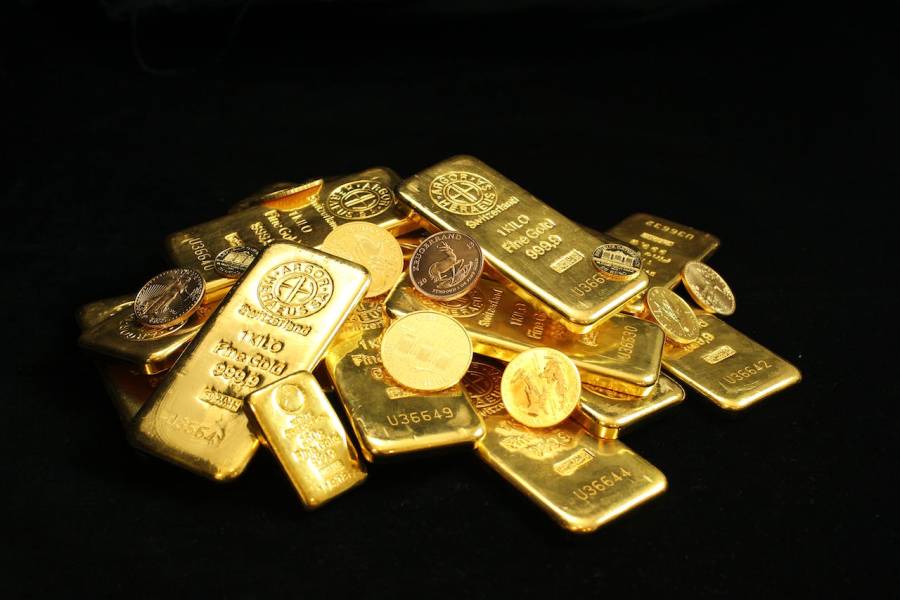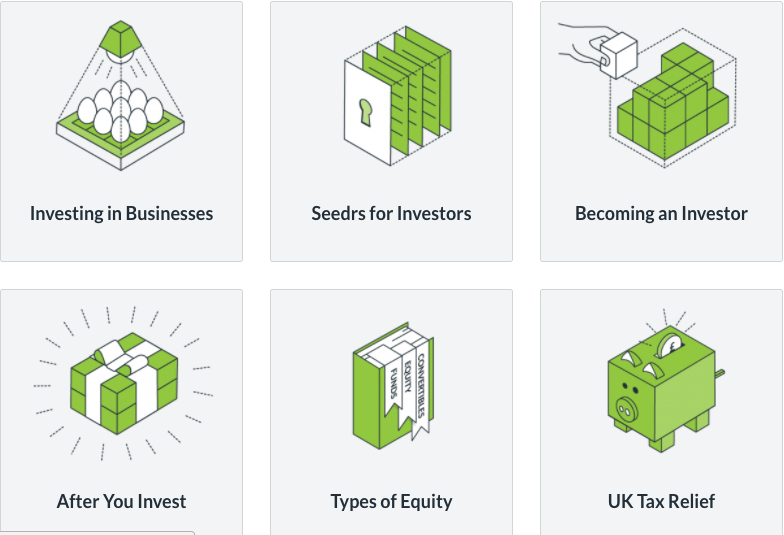Retirement planning is crucial to ensure financial security in your later years. With life expectancies rising, people need to fund potentially decades of living without a steady paycheck. Traditional retirement accounts like 401(k)s and IRAs invest in assets like stocks, bonds, and mutual funds. However, market volatility exposes these accounts to risk. Precious metals, especially gold, offer stable asset growth for retirement savings.
Gold IRAs enable investing retirement funds into gold, silver, platinum, and palladium. This provides portfolio diversification and protects against inflation. With reviews of gold IRA companies, investors can find reliable gold IRA custodians.
What are Gold IRAs?
Gold IRAs function like traditional Individual Retirement Accounts (IRAs). The key difference is that gold IRAs allow investment in IRS-approved physical precious metals instead of holding paper assets. These include gold, silver, platinum, and palladium coins and bars. Approved gold IRA investments meet minimum fineness requirements. For example, gold must be .995+ fine and silver at least .999 fine.
Benefits of Investing in Gold IRAs
Integrating physical gold and other IRS-approved precious metals into retirement portfolios carries significant advantages:
Portfolio Diversification:
Unlike paper assets, physical gold values hold remarkably steady when markets decline. Financial advisers recommend putting 15-20% of retirement portfolios into gold for stability and balance against stock/bond market volatility. This diversification cushions the shocks from stock market collapses, like the 2008 financial crisis, on overall retirement savings by hedging risk exposure.
Inflation Hedge:
In 2022, inflation in the US hit a 40-year high by touching 9.1%, driven by supply chain disruptions, labor shortages, and the Ukraine crisis. Rising prices erode the purchasing power of retirees living on fixed incomes. Physical gold serves as an excellent long-term hedge against a steadily declining dollar over decades. Precious metals like gold and silver retain intrinsic value better than almost any other asset despite inflation erosion. Since 2000, returns on physical gold investments have achieved an annualized average return exceeding 10% – outpacing most blue chip stocks over the same period.
Tax Advantages:
Gold IRAs provide all the tax benefits of conventional and Roth IRAs. All growth from rising precious metals values accumulates tax-free within Gold IRAs. Moreover, selling part or all of one’s precious metals holdings at retirement also does not trigger any taxes. Compared to taxable investment accounts, this perk of tax-free buying/selling/growth significantly accelerates long-term savings compounding.
Tangible Asset Ownership:
Stock values can plunge rapidly during market crashes because they lack inherent worth. Paper securities like stocks derive value through market mechanisms instead of possessing tangible value. In contrast, gold IRA-approved bars and coins boast inherent tangible value since gold is a finite natural resource with limited global supply. Hence, the ownership of precious metals provides reassuring stability since investors possess a real, physical asset backing their retirement savings.
Drawbacks of Gold IRAs
Despite their multiple advantages, retirement savers should also weigh a few drawbacks associated with these accounts before investing:
Liquidity:
Exchanging paper assets like publicly traded stocks and ETFs for instant cash happens seamlessly in most market conditions. However, liquidating physical precious metals to realize retirement funds operates differently. Selling gold IRA holdings is a multi-step process where custodians must first appraise bars/coins upon receiving liquidation requests. Next, they market certified coins and bars to potential buyers according to prevailing gold rates.
Storage Costs:
While IRS regulations prohibit retirement investors from taking personal custody of gold IRAs, custodians have to bear costs for the physical safekeeping of precious metal bars and coins in ultra-secure storage facilities. Reputable custodians charge storage fees to account holders to maintain depository facilities and insurance coverage at all times. Storage fee structures vary among companies. Some custodians charge flat monthly storage fees, while others levy charges as a percentage of total portfolio values on sliding scales. Either way, the physical storage and insurance of gold IRAs generate carrying charges that can marginally erode net growth over very long holding periods.
Limited Growth Potential:
Physical gold has maintained a very steady 4-5% annualized growth on average over the past 50 years. So, while gold IRA stability and diversification have great merit for hedging retirement savings, investors eyeing double-digit returns may have to allocate funds to equities in addition to their precious metals allocations. Astute asset diversification combining physical metals and some equities can balance stability and growth aspirations in retirement portfolios.
Choosing the Right Gold IRA Company:
The merits of diversifying retirement savings into IRS-approved physical precious metals are quite compelling. However, the process of setting up and managing gold IRAs differs fundamentally from conventional IRA investing. Finding a reputable and experienced precious metals IRA custodian is vital to long-term success with these accounts.
Choosing an excellent gold IRA firm requires thorough research upfront. Here are some best practices to follow for selecting a top-tier precious metals IRA custodian:
Reputation and Track Record:
Established gold IRA companies with 10+ years in business likely have robust operations, prudent precious metals sourcing arrangements, and strategies aligned to client interests rather than short-term profits alone. The long track record indicates the ability to successfully manage retirement accounts over extended periods.
Third-Party Reviews:
Research customer feedback carefully before rolling over savings to any gold IRA custodian. Complaints about misleading sales tactics, surprise fees, and mediocre long-term returns are red flags. Excellent firms earn praise for stellar customer service, reasonable fees, and steady account growth.
Pricing Transparency:
Account setup charges, annual fees, and storage charges vary widely among gold IRA companies. Some advertising low costs but levy excessive hidden charges, while others are transparent about overall costs. Obtain comprehensive pricing in writing before transferring any retirement funds over to an IRA custodian to avoid unpleasant surprises later.
An array of Investment Options:
Some custodians limit clients to investing in just a few common gold and silver coins. Top gold IRA companies allow investing in the full gamut of IRS-sanctioned gold, silver, platinum, palladium coins, and bullion bars. This provides ample leeway to diversify precious metals retirement holdings across asset classes and hedge risk optimally.
Reliable Customer Support:
Managing retirement holdings differs from conventional accounts and has a learning curve. Even digitally-savvy investors have periodic queries about their gold IRAs – from paperwork to transactions to taxes. Responsive email, phone, and chat support bring additional peace of mind.
Reputable Storage Facilities:
The best IRA custodians offer robust vaulting arrangements, including partnerships with third-party storage facilities that are independently managed and insured. Additionally, they provide detailed account statements periodically rather than once a year – enabling convenient monitoring of retirement savings.
Conclusion:
Rising inflation, market volatility, and geopolitical risks threaten retirement nest eggs. By opening precious metals, IRA offers prudent diversification to hedge such uncertainties. Owning IRS-approved physical gold, silver, or platinum protects long-term purchasing power much better than paper securities alone. However, finding an ethical and reliable gold IRA company is vital to safeguarding financial futures.
HedgeThink.com is the fund industry’s leading news, research and analysis source for individual and institutional accredited investors and professionals





































